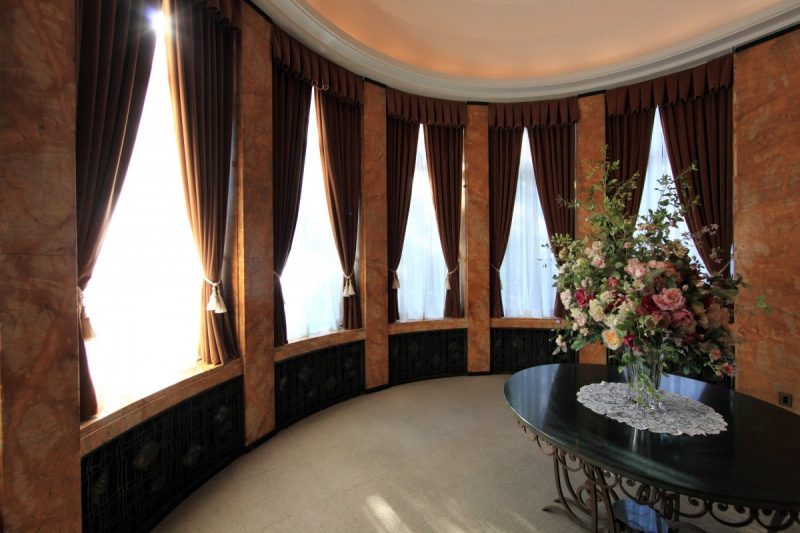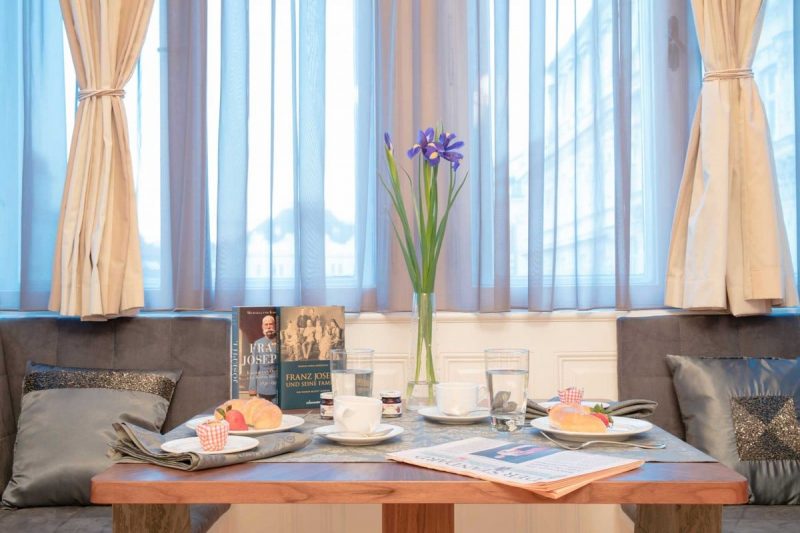Does the artistic side of you wonder how to draw stage curtains?

There are so many ways you can experiment when drawing a stage curtain.
You can either choose to do a sketch or a 3D drawing.
It will depend on how you like it.
As an adult, you might find this question unusual, but this will be a fascinating article for us who lives a young artistic heart.
Are you too eager to learn how to draw a stage curtain?
This article is the answer for you to get the action started.
This drawing lesson will finesse your artistic mind and skills, beginner or not.
You will both learn to draw a festive stage curtain traditionally using a pencil or even using a digital tool.
Know that there are plenty of skills to learn from these two methods. It would be a simple drawing that any beginner artist can create.
If you find this article exciting, keep on reading to enjoy a fantastic ride of developing your artistic talent.
What Are Stage Curtains?
Before the highlight, let us talk about what are stage curtains?
It is hard to find the history of stage curtains, but it symbolizes excitement and allows the audience to wait on their sit with anticipation and wonder.
Before starting the performance, the viewers wait on their sit, thinking what the show will come out to be.
The stage curtain serves as a barrier between the set and the audience.
If you’re wondering why the stage curtain is always red, here’s a short explanation for you.
Red is the most popular color for stage curtains, but today some theatres and stages also use different colors such as black, blue, and many more.
The red curtains are what we have always seen in old or classic dramas.
It best used because other colours absorb the light, somehow taking the spotlight away from the casts on stage.
Today, there’s a wide range of curtain colours used in theatres and stages, but red will always stay as a tradition.
Steps To Draw Stage Curtains
This method of drawing is through the traditional way of drawing using a pencil or any drawing tools you’d prefer to use for aspiring artists.
So, how to draw stage curtains?
These steps are simple and easy to follow for beginner artists like you.
Step #1. Outline
First, outline the curtain rods in the form of a flat and long horizontal rectangle shape.
Step #2. Add curved lines
Add two curved lines, and then draw out some inner edges on the curtains.
Step #3. Draw the remaining parts
Then draw the remaining parts of the curtains and add detail such as drawing bondages on them.
Step #4. Draw another curved line
Draw long and slightly bent lines on the curtains. It will add an effect of wrinkles on the curtain’s body.
Step #5. Remove unnecessary guidelines
The last step for this drawing is to erase all the unwanted guidelines from the entire picture.
How to Draw Festive Stage Curtains Using a Digital Tool Such
Adobe illustrator is a digital tool for drawing with a fascinating feature that allows its users to create different realistic graphics.
And using its mesh tool, we will be going to draw a festive stage curtain.
You can also use this editing technique to draw similar illustrations.
Just keep on scrolling to know this surprising drawing method.
Step #1. Draw using the mesh tool
The first step is to draw a narrow rectangle shape and fill it with colour using code #B91925.
Then use the mesh tool (U) and make a mesh grid. After it finished, start filling the colour on it using code #220002.
Step #2. Add effect using a warp tool
Pick the rectangle filled with colour and stretch it downward to make a more oversized curtain.
Please create a copy of this curtain and set it aside.
Then, grab the warp tool (Shift-R). You may change the brush size according to your specifications and arch the side of the curtain to add effect.
Intensify the effect of the warp tool by adjusting the settings higher and arch the stage curtains more.
Then fill colours on it using code #220002.
Step #3. Add finishing details
Remember the copy you had step aside on step 2, pick that copy, and you can either add some details on its bottom, such as ruffles.
Adding ribbons is optional.
You can also add a brief background for your stage curtains and type the code #030D21, a rectangular shape.
Lastly, use the code (Object > Transform > Reflect) to add a reflected copy of your drawn curtains.
You might be interested in how stage curtains made. Click here to find out.
Regardless, that is all.
Final Words
I hope your questions on how to draw stage curtains have thoroughly answered.
Make the magic happen by discovering the artistic side in you through this simple and easy drawing.
May you find this article helpful and knowledgeable to answer your queries.
Know that your dedication to reading the article up to this point is greatly appreciated.









